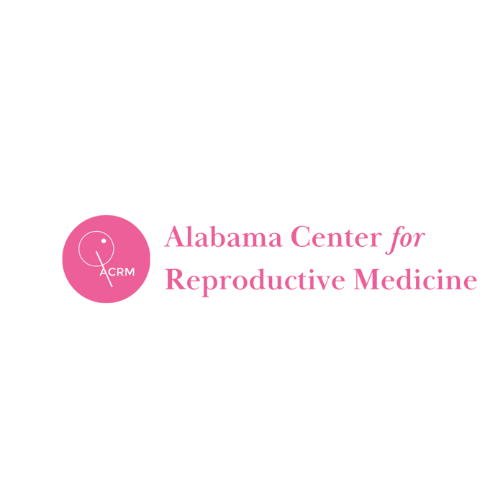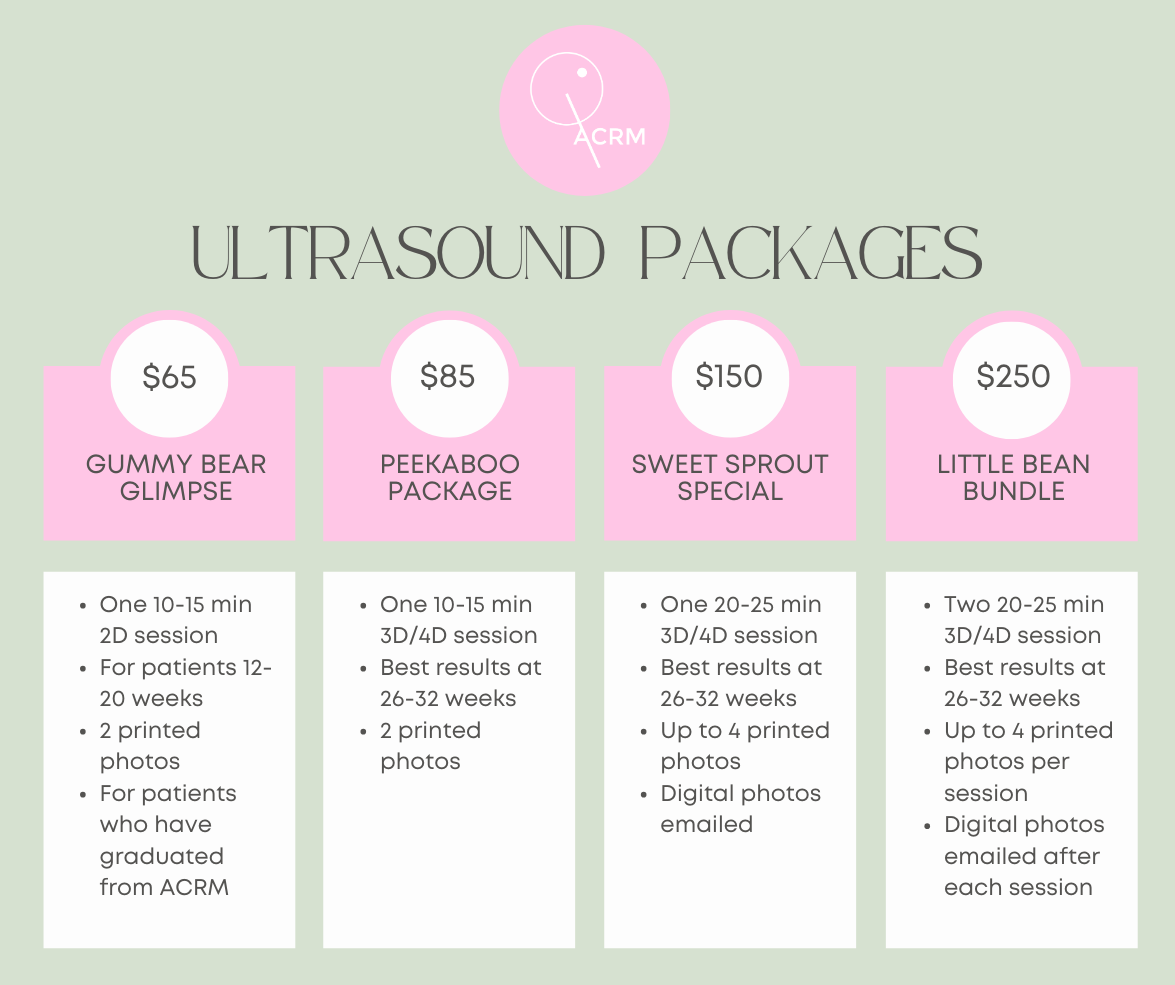3D/4D Ultrasound
Frequently Asked Questions
About 3D and 4D Ultrasound Services
The following questions are commonly asked regarding our Elective 3D and 4D ultrasound packages.
What is a limited diagnostic prenatal ultrasound?
Our limited diagnostic 3D & 4D ultrasounds are designed to offer an enjoyable experience for expectant mothers, fathers, and other family members, helping to create a bond with the unborn baby through realistic surface images. These images foster a connection that can be meaningful for the entire family.
However, it's important to note that the purpose of this ultrasound is not to detect any fetal abnormalities. A routine ultrasound performed by your healthcare provider is required beforehand to assess the gestational age, screen for potential anomalies, and evaluate the basic components of the fetus’s anatomy.
Is this a substitute for the ultrasound at my doctor's office?
No, it is not! Expectant mothers must continue receiving prenatal care from a healthcare provider and must have undergone a medical, diagnostic ultrasound to confirm the due date, check for fetal anomalies, and examine any pregnancy-related concerns.
Our limited diagnostic session focuses on confirming the heartbeat, checking the number of babies, determining the baby’s position, and assessing the location of the placenta. Please remember, this ultrasound should never replace a complete diagnostic ultrasound performed by your doctor.
Is this ultrasound safe? Are there any risks?
Ultrasound has been extensively studied over the past 30 years and has not been shown to cause harm to either the mother or the baby. Routine ultrasounds are now common practice in the United States.
For 3D and 4D ultrasounds, the same ultrasound technology and intensity used in standard 2D scans are applied. These procedures employ sound waves similar to radar, where a probe placed on the body sends sound waves into the body, and the returning echoes create an image. The 4D ultrasound uses this same method, ensuring that exposure remains similar to that of a conventional scan.
Do I need to make an appointment?
Yes, appointments are required for all of our ultrasound services.
How long will the 3D/4D ultrasound take?
Depending on the chosen package, the 4D ultrasound session typically lasts between 20 and 30 minutes.
When is the ideal time to have a 3D/4D ultrasound?
Many mothers choose to come in twice: once between 14-26 weeks for a full view of the baby, and again between 25-32 weeks for a clearer image of the baby’s face. The best time for clear pictures is usually between 28-32 weeks. After 34 weeks, it may become harder to obtain clear images as the baby has less room to move. However, each pregnancy is unique.
Will I always get clear images of my baby?
While we strive for excellent results, various factors such as the baby’s position, the amount of amniotic fluid, and the mother’s body type can affect image quality. Our experienced sonographers are skilled in dealing with these challenges, but in rare cases, the baby’s position may prevent optimal images. If this happens, we will encourage you to return for another session.
To help improve image quality, we recommend drinking plenty of water starting at least a week before your appointment.
Can I bring family and friends to the session?
Yes, we welcome your family and friends to join you! However, due to limited space, please call ahead to ensure we can accommodate everyone.
Is the 4D ultrasound covered by insurance?
No, we do not accept insurance for 4D ultrasounds, as this service is elective and typically not covered by insurance plans.
What is the cost of the 4D ultrasound?
We offer a variety of packages to suit different budgets. We are dedicated to providing high-quality services at affordable prices. You can view our prices here.
What if I am not satisfied with the results?
Even if the baby is not cooperating, the service is still considered rendered, so the session fee will apply. If the baby's position results in unsatisfactory images, we are happy to try to arrange another session to try again.
*Individual results are not guaranteed and may vary from person to person. Images may contain models.


